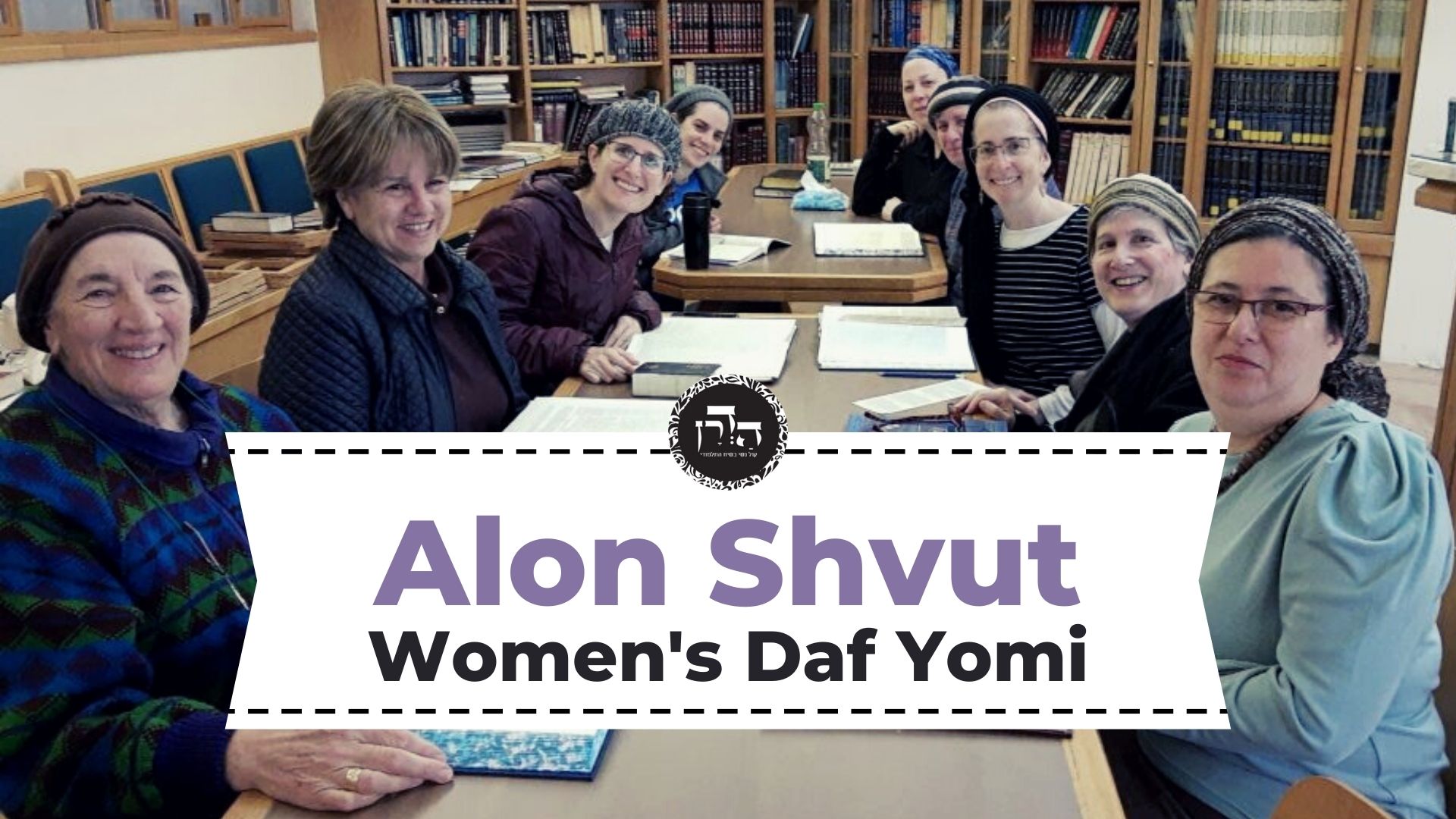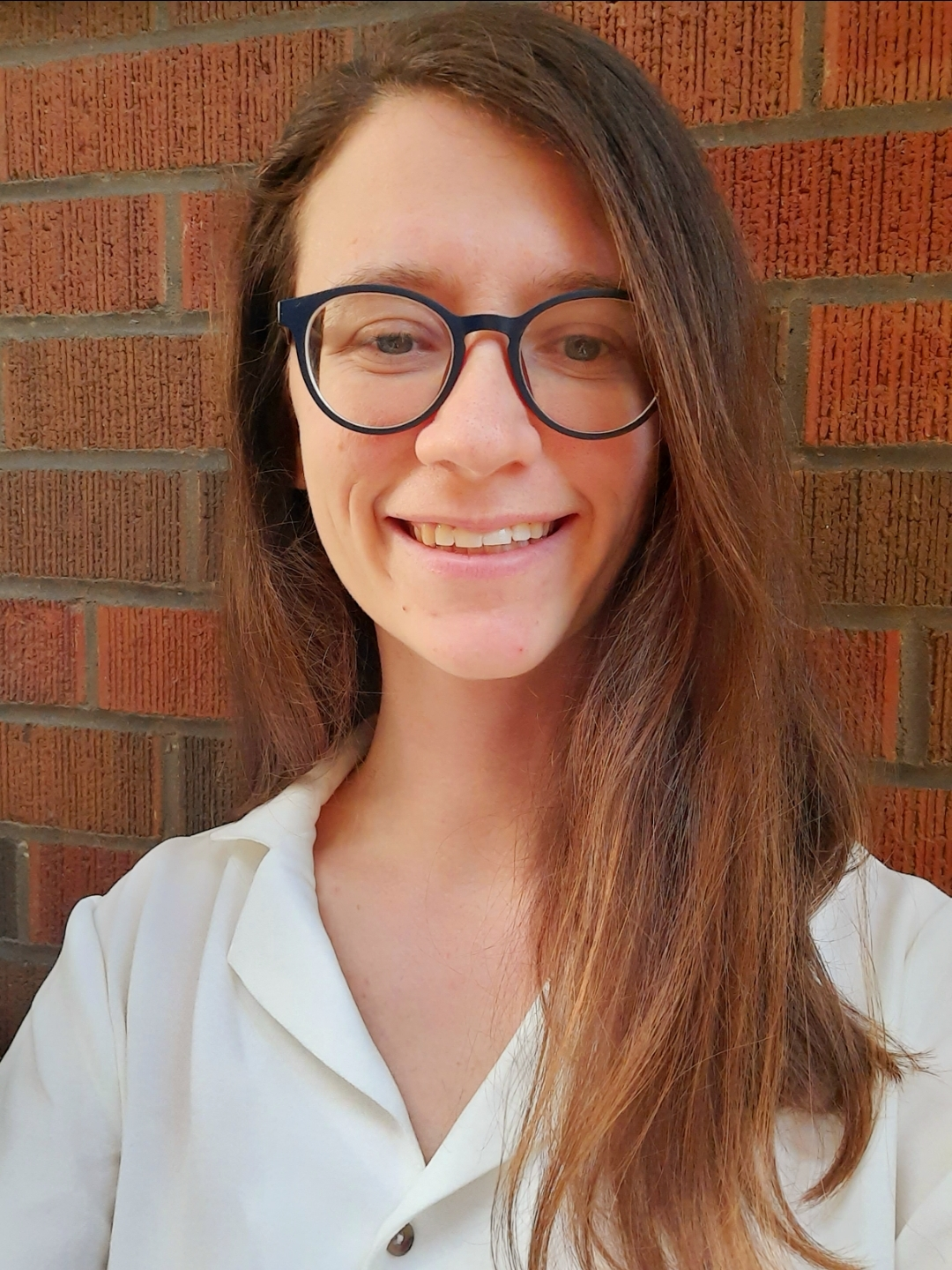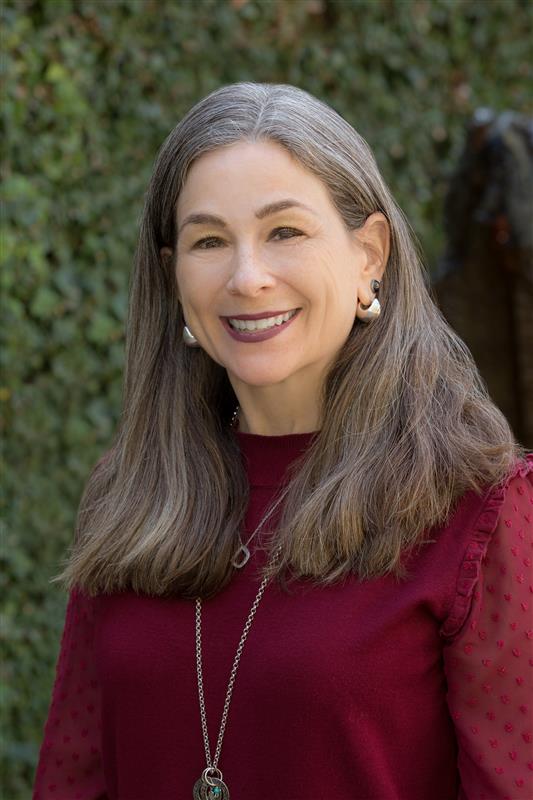Sukkah 4
וְאַף עַל גַּב דְּבַטְּלִינְהוּ [לְכוּלְּהוּ], מִשּׁוּם דְּבָטְלָה דַּעְתּוֹ אֵצֶל כׇּל אָדָם.
And even though he nullified them all, intending that for the duration of the Festival the halakhic status of these cushions and blankets is nothing more than that of dirt, it is not deemed a fit nullification because his intention is rendered irrelevant by the opinions of all other people. People do not typically do so, so the action of one who does so is discounted.
תֶּבֶן וּבִטְּלוֹ הָוֵי מִיעוּט, וְכׇל שֶׁכֵּן עָפָר וּבִטְּלוֹ.
If one placed straw on the floor of his sukka in order to diminish its height, and verbally nullified it by saying that he will not use it for another purpose, it is a decrease of halakhic significance, as the halakhic status of adding straw is like that of adding dirt to the sukka floor and diminishing its height. The same is true, all the more so, if he placed dirt on the sukka floor and nullified it.
תֶּבֶן וְאֵין עָתִיד לְפַנּוֹתוֹ, וְעָפָר סְתָם — מַחְלוֹקֶת רַבִּי יוֹסֵי וְרַבָּנַן. דִּתְנַן: בַּיִת שֶׁמִּילְּאָהוּ תֶּבֶן אוֹ צְרוֹרוֹת וּבִיטְּלוֹ — מְבוּטָּל.
A case where one placed straw on the sukka floor and he does not intend to evacuate it from there, although he did not nullify it, and a case where one placed undesignated dirt that was not nullified, are the subject of a dispute between Rabbi Yosei and the Rabbis with regard to whether the actions alone are effective as nullification. As we learned in a mishna: In a house in which there is a corpse or an olive-bulk of a corpse, the halakha is that if there is a handbreadth of space between the corpse and the roof, the roof serves as a barrier that prevents the ritual impurity from spreading beyond the roof. However, if there is less than a handbreadth of space between the corpse and the roof, the roof does not serve as a barrier, and the ritual impurity spreads upward. In a house of that sort where one filled the space between the corpse and the roof with straw or pebbles mixed with clods of dirt, and then nullified the straw or dirt, it is effectively nullified, and the ritual impurity spreads upward.
בִּיטְּלוֹ — אִין, לֹא בִּיטְּלוֹ — לָא. וְתָנֵי עֲלַהּ, רַבִּי יוֹסֵי אוֹמֵר: תֶּבֶן וְאֵין עָתִיד לְפַנּוֹתוֹ — הֲרֵי הוּא כְּעָפָר סְתָם, וּבָטֵל. עָפָר וְעָתִיד לְפַנּוֹתוֹ — הֲרֵי הוּא כִּסְתַם תֶּבֶן, וְלָא בָּטֵיל.
By inference, if he explicitly nullified it, yes, it is nullified; if he did not nullify it, no, it is not nullified. And it is taught concerning this mishna in the Tosefta that Rabbi Yosei says: If one placed straw on the sukka floor and he does not intend to evacuate it, its halakhic status is like that of undesignated dirt and it is nullified. If he placed dirt on the sukka floor and he does intend to evacuate it, its halakhic status is like that of undesignated straw, and it is not nullified. Apparently, the tanna’im already discussed this matter.
הָיְתָה גְּבוֹהָה מֵעֶשְׂרִים אַמָּה וְהוּצִין יוֹרְדִין בְּתוֹךְ עֶשְׂרִים אַמָּה, אִם צִלָּתָם מְרוּבָּה מֵחֲמָתָם — כְּשֵׁרָה, וְאִם לָאו — פְּסוּלָה.
If a sukka was more than twenty cubits high, but the ends of the palm leaves [hutzin] fall within twenty cubits, then the following distinction applies: If the shade provided solely by the leaves within twenty cubits of the ground is greater than the sunlight in the sukka, it is fit. If not, it is unfit.
הָיְתָה גְּבוֹהָה עֲשָׂרָה טְפָחִים, וְהוּצִין יוֹרְדִין לְתוֹךְ עֲשָׂרָה, סָבַר אַבָּיֵי לְמֵימַר אִם חֲמָתָם מְרוּבָּה מִצִּלָּתָם — כְּשֵׁירָה.
The Gemara applies the same principle to the opposite case. In a case where the sukka was only ten handbreadths high, the minimum height for a fit sukka, but the ends of the palm leaves fall within ten handbreadths, Abaye thought to say that the same calculation applies here: If the sunlight in the sukka is greater than the shade provided by the leaves within ten handbreadths of the ground, meaning that those leaves do not constitute a fit sukka on their own, the sukka is fit.
אֲמַר לֵיהּ רָבָא: הָא דִּירָה סְרוּחָה הִיא, וְאֵין אָדָם דָּר בְּדִירָה סְרוּחָה.
Rava said to him: That calculation does not apply in this particular case, as, if the branches fall within ten handbreadths of the ground, that is considered a sagging [seruḥa] residence, and a person does not reside in a sagging residence. Therefore, it cannot even be considered a temporary residence.
הָיְתָה גְּבוֹהָה מֵעֶשְׂרִים אַמָּה וּבָנָה בָּהּ אִיצְטְבָא כְּנֶגֶד דּוֹפֶן הָאֶמְצָעִי, עַל פְּנֵי כּוּלָּהּ וְיֵשׁ בָּהּ הֶכְשֵׁר סוּכָּה — כְּשֵׁרָה.
If a sukka was more than twenty cubits high and one built a raised platform in it opposite the entire middle wall, as typically a sukka has three walls and the fourth side is open as an entrance, and the platform has an area of at least a bit more than seven by seven handbreadths, the minimum area required for fitness of a sukka, the sukka is fit. Since the seven-by-seven-handbreadth section from the platform to the roof has three walls and it is less than twenty cubits high, that section is a fit sukka in and of itself, and the rest of the sukka beyond the platform is fit as far as the roofing continues.
וּמִן הַצַּד, אִם יֵשׁ מִשְּׂפַת אִיצְטְבָא לַכּוֹתֶל אַרְבַּע אַמּוֹת — פְּסוּלָה, פָּחוֹת מֵאַרְבַּע אַמּוֹת — כְּשֵׁרָה.
And if one built the platform along the side wall of the sukka, then the following distinction applies: If there are four or more cubits from the edge of the platform to the opposite wall, the sukka is unfit, as the area of the platform has only two walls. However, if the distance to the opposite wall is less than four cubits, the sukka is fit, as the halakhic status of the roofing that covers the distance to the wall is that of a curved extension of the opposite wall.
מַאי קָא מַשְׁמַע לַן, דְּאָמְרִינַן דּוֹפֶן עֲקוּמָּה? תְּנֵינָא: בַּיִת שֶׁנִּפְחַת וְסִיכֵּךְ עַל גַּבָּיו, אִם יֵשׁ מִן הַכּוֹתֶל לַסִּיכּוּךְ אַרְבַּע אַמּוֹת — פְּסוּלָה, הָא פָּחוֹת מִכָּאן כְּשֵׁרָה!
The Gemara asks: What is this halakha teaching us? Is it that we say that the halakha of a curved wall applies to the halakhot of sukka? We already learned this halakha in a mishna (17a): In the case of a house that was breached by a hole in the middle of the roof, and one roofed over the breach, if from the wall to the roofing there are four or more cubits of the remaining original roof it is an unfit sukka. By inference, if the distance is less than that, it is a fit sukka. That is due to the halakha of a curved wall. The intact portion of the roof is considered an extension of the wall. As this halakha was already taught with regard to sukka, what is novel in the halakha of the platform?
מַהוּ דְּתֵימָא: הָתָם הוּא דְּחַזְיָא לְדוֹפֶן, אֲבָל הָכָא, דְּלָא חַזְיָא לְדוֹפֶן — אֵימָא לָא, קָא מַשְׁמַע לַן.
The Gemara explains that there is indeed a novel element to the halakha of the platform. Lest you say that one applies the halakha of a curved wall specifically there, in the case of a house that was breached, as the wall of the house is suited to be the wall of a sukka since it is less than twenty cubits high; however, here, in the case of the platform, where the opposite wall is not suited to be the wall of a sukka due to its excessive height, say no, the halakha of a curved wall does not apply. Therefore, it teaches us that in the case of the platform too, the roof is considered an extension of the wall.
הָיְתָה גְּבוֹהָה מֵעֶשְׂרִים אַמָּה וּבָנָה אִיצְטְבָא בְּאֶמְצָעִיתָהּ, אִם יֵשׁ מִשְּׂפַת אִיצְטְבָא וְלַדּוֹפֶן אַרְבַּע אַמּוֹת לְכׇל רוּחַ וָרוּחַ — פְּסוּלָה, פָּחוֹת מֵאַרְבַּע אַמּוֹת — כְּשֵׁרָה.
If the sukka was more than twenty cubits high and one built a platform in the center of the sukka if there is from the edge of the platform to the wall in each and every direction a distance of four cubits, it is unfit, as the platform has no walls. If the distance is less than four cubits, then it is fit.
מַאי קָא מַשְׁמַע לַן, דְּאָמְרִינַן דּוֹפֶן עֲקוּמָּה? הַיְינוּ הָךְ!
The Gemara asks: What is this halakha teaching us? Is it that we say that the halakha of curved wall applies to the halakhot of sukka? Then this halakha is identical to that halakha, as we already learned that the halakha of a curved wall applies.
מַהוּ דְּתֵימָא: דּוֹפֶן עֲקוּמָּה מֵרוּחַ אַחַת — אָמְרִינַן, אֲבָל כׇּל רוּחַ וָרוּחַ — לָא, קָא מַשְׁמַע לַן.
The Gemara explains that there is indeed a novel element to the halakha. Lest you say that we say that the halakha of a curved wall applies only in one direction, with regard to one wall of the sukka; but in each and every direction with regard to all the walls of the sukka, no, the halakha does not apply; therefore, it teaches us that this halakha may be applied to consider the roof as an extension of all four walls.
הָיְתָה פְּחוּתָה מֵעֲשָׂרָה טְפָחִים, וְחָקַק בָּהּ כְּדֵי לְהַשְׁלִימָהּ לַעֲשָׂרָה, אִם יֵשׁ מִשְּׂפַת חֲקָק וְלַכּוֹתֶל שְׁלֹשָׁה טְפָחִים — פְּסוּלָה.
If the sukka was less than ten handbreadths high and he dug out an area inside the sukka in order to complete the requisite height of the sukka to ten handbreadths, if from the edge of the dug-out area to the wall there is a distance of three handbreadths, it is unfit, as in that case the edge of the dug-out area is not joined to the wall of the sukka. Therefore, even though the interior space is ten handbreadths high, its walls are not the requisite height to be considered a fit sukka.
פָּחוֹת מִשְּׁלֹשָׁה טְפָחִים — כְּשֵׁרָה.
If the distance from the edge of the dug-out area to the wall was less than three handbreadths then it is fit, as the edge of the dug-out area is joined to the wall of the sukka based on the principle of lavud.
מַאי שְׁנָא הָתָם, דְּאָמְרַתְּ פָּחוֹת מֵאַרְבַּע אַמּוֹת, וּמַאי שְׁנָא הָכָא, דְּאָמְרַתְּ פָּחוֹת מִשְּׁלֹשָׁה טְפָחִים?
The Gemara asks: What is different there, in the case of a sukka with a platform in its center, that you said that it is a fit sukka if the wall is at a distance of less than four cubits from the edge of the platform, and what is different here that you said the wall must be at a distance of less than three handbreadths for the sukka to be fit?
הָתָם, דְּאִיתֵיהּ לְדוֹפֶן, פָּחוֹת מֵאַרְבַּע אַמּוֹת — סַגִּיא, הָכָא, לְשַׁוּוֹיֵי לְדוֹפֶן, פָּחוֹת מִשְּׁלֹשָׁה טְפָחִים — אִין, אִי לָא — לָא.
The Gemara answers: There, in the case of the sukka more than twenty cubits high, where there already is a wall, but it is removed from the platform, as long as the wall is at a distance of less than four cubits, it is sufficient to render the sukka fit. Here, where the sukka is less than ten handbreadths high, its wall is not a fit wall. In order to render it a wall by adding the height of the dug-out area, if the distance between them is less than three handbreadths, yes, the dug-out area is considered joined to the wall, as based on the principle of lavud two objects are considered joined if the gap between them is less than three handbreadths; and if not, no, they are not considered joined.
הָיְתָה גְּבוֹהָה מֵעֶשְׂרִים אַמָּה, וּבָנָה בָּהּ עַמּוּד שֶׁהוּא גָּבוֹהַּ עֲשָׂרָה טְפָחִים, וְיֵשׁ בּוֹ הֶכְשֵׁר סוּכָּה — סָבַר אַבָּיֵי לְמֵימַר, גּוּד אַסֵּיק מְחִיצָתָא.
If a sukka was more than twenty cubits high, and one built a pillar in the sukka, far from the walls, that is ten handbreadths high, and the distance from the top of the column to the roofing was less than twenty cubits, and on the horizontal surface of the column there is a bit more than seven by seven handbreadths, the minimum area required for fitness of a sukka, Abaye thought to say that this is a fit sukka because of the principle: Extend and raise the partitions of this pillar. Given that the column is at least ten handbreadths high, its four sides are therefore considered partitions, and the halakha is that the legal status of a partition is as if it extends and continues upwards indefinitely. Based on that perspective, the surface of the column is supported by four partitions at least ten handbreadths high that extend upward indefinitely, and from the top of the pillar to the roof is less than twenty cubits; therefore, this squared column forms a fit sukka.
אֲמַר לֵיהּ רָבָא: בָּעֵינַן מְחִיצוֹת הַנִּיכָּרוֹת, וְלֵיכָּא.
Rava said to Abaye: That is not so, since in order to have a fit sukka we require conspicuous partitions, and there are none, as the sides of the column do not actually project above the surface.
תָּנוּ רַבָּנַן: נָעַץ אַרְבָּעָה קוּנְדֵּיסִין וְסִיכֵּךְ עַל גַּבָּן, רַבִּי יַעֲקֹב מַכְשִׁיר וַחֲכָמִים פּוֹסְלִין.
§ The Sages taught: If one inserted four posts [kundeisin] into the floor and placed roofing over them but no walls, Rabbi Ya’akov deems it a fit sukka and the Rabbis deem it unfit.
אָמַר רַב הוּנָא: מַחְלוֹקֶת עַל שְׂפַת הַגָּג, דְּרַבִּי יַעֲקֹב סָבַר: אָמְרִינַן גּוּד אַסֵּיק מְחִיצָתָא, וְרַבָּנַן סָבְרִי: לָא אָמְרִינַן גּוּד אַסֵּיק מְחִיצָתָא, אֲבָל בָּאֶמְצַע הַגָּג — דִּבְרֵי הַכֹּל פְּסוּלָה. וְרַב נַחְמָן אָמַר: בְּאֶמְצַע הַגָּג מַחְלוֹקֶת.
Rav Huna said: The dispute between the Rabbis and Rabbi Ya’akov is in a case where the four posts are aligned on the edge of the roof, directly above the exterior walls of a house, as Rabbi Ya’akov holds that we say the principle: Extend and raise the partitions. Since the exterior walls of the house are full-fledged partitions, they are considered as extending upward indefinitely, constituting the walls of the sukka. And the Rabbis hold that we do not say the principle: Extend and raise the partitions. However, if the posts are placed in the center of the roof, then the walls of the house are irrelevant and everyone agrees that it is an unfit sukka. And Rav Naḥman said: The dispute is in the case of a sukka in the center of the roof, as according to Rabbi Ya’akov, if the posts themselves are one handbreadth wide, they serve as the partitions, while the Rabbis hold that it is not a fit sukka until it has two complete walls and a partial third wall.
אִיבַּעְיָא לְהוּ: בְּאֶמְצַע הַגָּג מַחְלוֹקֶת, אֲבָל עַל שְׂפַת הַגָּג דִּבְרֵי הַכֹּל כְּשֵׁרָה, אוֹ דִלְמָא, בֵּין בָּזוֹ וּבֵין בָּזוֹ מַחְלוֹקֶת? תֵּיקוּ.
A dilemma was raised before the Sages: Is Rav Naḥman saying that only if the sukka is in the center of the roof there is a dispute between Rabbi Ya’akov and the Rabbis, but if it is at the edge of the roof everyone agrees that it is fit? Or perhaps he is saying that there is a dispute both in this case and in that case? No resolution was found, so the dilemma shall stand unresolved.
מֵיתִיבִי: נָעַץ אַרְבָּעָה קוּנְדֵּיסִין בָּאָרֶץ וְסִיכֵּךְ עַל גַּבָּן, רַבִּי יַעֲקֹב מַכְשִׁיר וַחֲכָמִים פּוֹסְלִין.
The Gemara raises an objection from another baraita: If one drove four posts into the ground and placed roofing over them, Rabbi Ya’akov deems it fit and the Rabbis deem it unfit.
וְהָא אֶרֶץ, דִּכְאֶמְצַע הַגָּג דָּמֵי, וְקָא מַכְשִׁיר רַבִּי יַעֲקֹב! תְּיוּבְתָּא דְרַב הוּנָא, תְּיוּבְתָּא.
But isn’t the legal status of the ground like that of the center of the roof, as it is not surrounded by partitions that extend upward, and nevertheless Rabbi Ya’akov deems it fit? This is a conclusive refutation of the opinion of Rav Huna, who said that everyone agrees that a sukka in the center of the roof is unfit. The Gemara concludes: Indeed, it is a conclusive refutation of Rav Huna’s opinion.
וְעוֹד: בָּאֶמְצַע הוּא דִּפְלִיגִי, אֲבָל עַל שְׂפַת הַגָּג דִּבְרֵי הַכֹּל כְּשֵׁרָה! לֵימָא תֶּיהְוֵי תְּיוּבְתֵּיהּ דְּרַב הוּנָא בְּתַרְתֵּי.
And furthermore, there is an additional refutation of the opinion of Rav Huna. It is apparent from this baraita that they disagree with regard to the case of posts inserted in the center of the roof; however, in the case of the posts inserted on the edge of the roof everyone agrees that it is fit. Let us say, then, that this is a conclusive refutation of the opinion of Rav Huna on two counts. First, with regard to his statement that everyone agrees in the case of a sukka in the center of the roof that it is unfit, while the baraita cites a dispute on the matter; second, with regard to his statement that there is a dispute in the case of a sukka on the edge of the roof, while the baraita indicates that everyone agrees that it is fit.
אָמַר לְךָ רַב הוּנָא: פְּלִיגִי בְּאֶמְצַע הַגָּג, וְהוּא הַדִּין עַל שְׂפַת הַגָּג. וְהַאי דְּקָמִיפַּלְגִי בְּאֶמְצַע הַגָּג, לְהוֹדִיעֲךָ כֹּחוֹ דְּרַבִּי יַעֲקֹב, דַּאֲפִילּוּ בְּאֶמְצַע הַגָּג נָמֵי מַכְשִׁיר.
The Gemara rejects this: Rav Huna could have said to you that there is no proof from the baraita with regard to the second matter, as it is possible that they disagree in the case of a sukka in the center of the roof and that the same is true in the case of a sukka on the edge of the roof. And the fact that they specifically dispute the case of a sukka in the center of the roof is to convey to you the far-reaching nature of the opinion of Rabbi Ya’akov, who deems the sukka fit even in the center of the roof.
תָּנוּ רַבָּנַן: נָעַץ אַרְבָּעָה קוּנְדֵּיסִין בָּאָרֶץ וְסִיכֵּךְ עַל גַּבָּן, רַבִּי יַעֲקֹב אוֹמֵר: רוֹאִין כׇּל שֶׁאִילּוּ יֵחָקְקוּ וְיֵחָלְקוּ, וְיֵשׁ בָּהֶן טֶפַח לְכָאן וְטֶפַח לְכָאן — נִידּוֹנִין מִשּׁוּם דְּיוֹמָד, וְאִם לָאו — אֵין נִידּוֹנִין מִשּׁוּם דְּיוֹמָד. שֶׁהָיָה רַבִּי יַעֲקֹב אוֹמֵר: דְּיוֹמְדֵי סוּכָּה טֶפַח, וַחֲכָמִים אוֹמְרִים: עַד שֶׁיְּהוּ שְׁתַּיִם כְּהִלְכָתָן, וּשְׁלִישִׁית אֲפִילּוּ טֶפַח.
The Sages taught: If one inserted four posts into the ground and placed a roof over them, Rabbi Ya’akov says: One considers whether the posts are wide enough that if they were grooved and split, forming a piece of wood with two segments at a right angle, and they have a handbreadth to here, in this direction, and a handbreadth to there, in that direction, then they are considered a double post [deyumad]. With regard to certain halakhot, the status of a double post positioned at a corner is that of two full-fledged partitions. And if not, if after splitting them they are narrower than that, they are not considered a double post, as Rabbi Ya’akov would say: The minimum measure of double posts of a sukka to be considered full-fledged partitions is one handbreadth. And the Rabbis say: The sukka is fit only if it has two full-fledged partitions in the standard sense, completely closing each of those two sides, and a third wall, which, based on a halakha transmitted to Moses from Sinai, measures even a handbreadth.
וְשֶׁאֵינָהּ גְּבוֹהָה עֲשָׂרָה טְפָחִים. מְנָלַן?
§ The mishna continues: A sukka that is not even ten handbreadths high is unfit. The Gemara asks: From where do we derive this halakha?
אִתְּמַר, רַב וְרַבִּי חֲנִינָא וְרַבִּי יוֹחָנָן וְרַב חֲבִיבָא מַתְנוּ.
It was stated that Rav, and Rabbi Ḥanina, and Rabbi Yoḥanan, and Rav Ḥaviva taught the matter below.
בְּכוּלֵּהּ סֵדֶר מוֹעֵד, כָּל כִּי הַאי זוּגָא — חַלּוֹפֵי רַבִּי יוֹחָנָן וּמְעַיְּילִי רַבִּי יוֹנָתָן.
As an aside, the Gemara notes: Throughout the entire order of Mo’ed, wherever this second pair of Sages is mentioned, there are some amora’im who replace Rabbi Yoḥanan and do so by inserting Rabbi Yonatan in his place.
אָרוֹן תִּשְׁעָה, וְכַפּוֹרֶת טֶפַח — הֲרֵי כָּאן עֲשָׂרָה, וּכְתִיב: ״וְנוֹעַדְתִּי לְךָ שָׁם וְדִבַּרְתִּי אִתְּךָ מֵעַל הַכַּפּוֹרֶת״,
And this is what they taught: The Ark of the Covenant was itself nine handbreadths high, as it is stated explicitly in the Torah that it was one and a half cubits high and the cubit used to measure Temple vessels consisted of six handbreadths. And the Ark cover was one handbreadth thick. There is a total height of ten handbreadths here. And it is written: “I will meet with you there and I will speak with you from above the Ark cover” (Exodus 25:22),





















